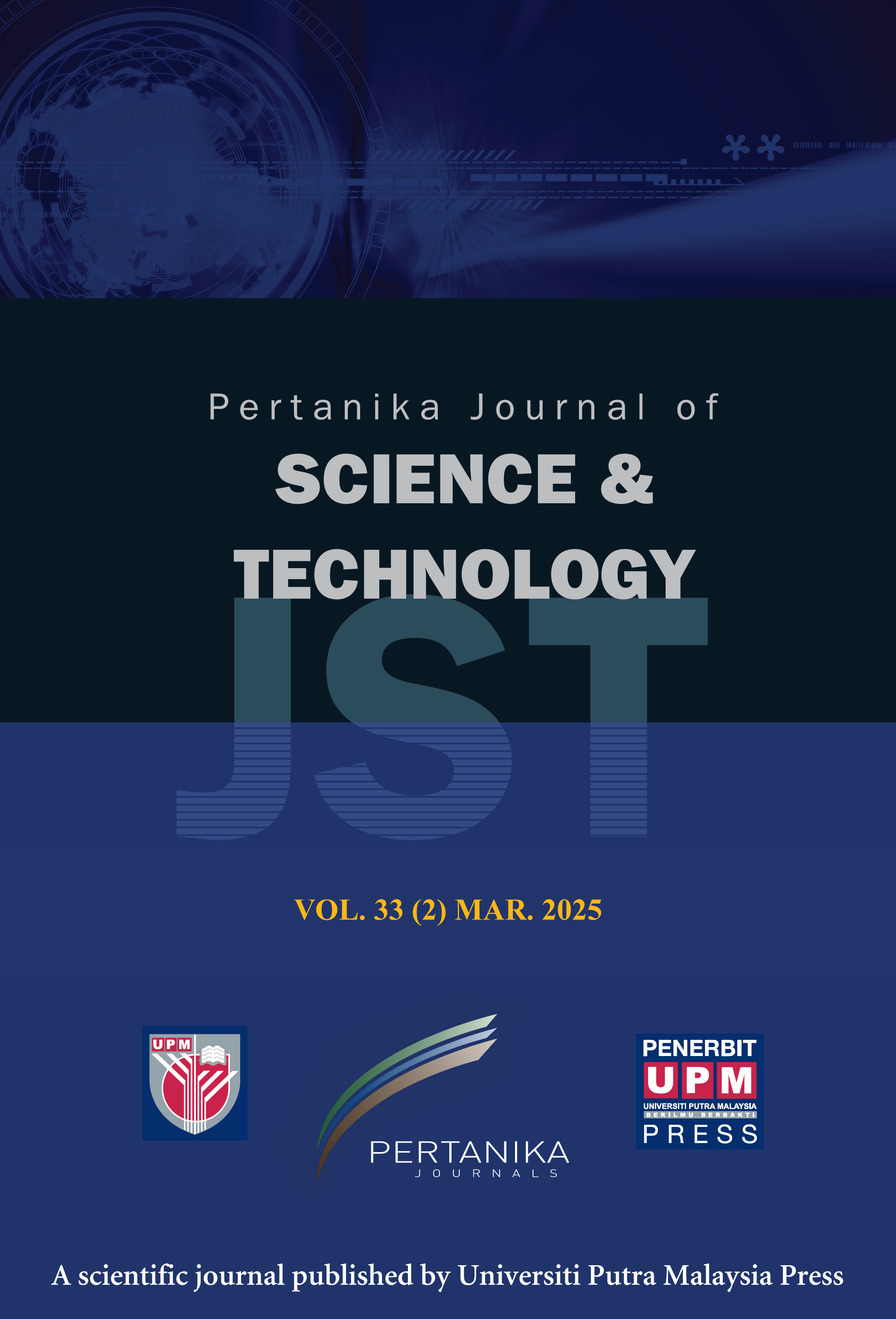PERTANIKA JOURNAL OF SCIENCE AND TECHNOLOGY
e-ISSN 2231-8526
ISSN 0128-7680
Comparative Study of Nonlinear Regression Models for Cleanliness Factor Prediction in Coal-Fired Utilities
Nur Aina Mohammad Abdul Aziz, Azura Che Soh, Asnor Juraiza Ishak, Nor Mohd Haziq Norsahperi and Amir Redzuan Mohd Ibrahim
Pertanika Journal of Science & Technology, Pre-Press
DOI: https://doi.org/10.47836/pjst.33.6.14
Keywords: Cleanliness factor, coal-fired boiler, feature selection, machine learning, nonlinear regression, soot blowing optimization
Published: 2025-10-14
This study presents a comparative analysis of nonlinear regression models integrated with feature selection for predicting the cleanliness factor (CF) in coal-fired utilities. The models evaluated are regression trees (RT), support vector regression (SVR), ensembles of trees, and artificial neural networks (ANN). Different boiler designs introduce various operational parameters that influence cleanliness, making it more challenging to predict real-time data accurately. To enhance the model’s predictive accuracy, the minimum redundancy maximum relevance (MRMR) feature selection technique was integrated, facilitating improved model performance by selecting the best subsets of variables. Model performance was assessed accordingly, where the number of selected features varies between 138 and 10. The results indicate that a combination of bagged trees and MRMR with 10 features achieved R² values of 0.973 for the training set and 0.976 for the test set, with a mean squared error (MSE) of 0.001 for both datasets. Compared to SVR and ANN, bagged trees consistently demonstrated superior predictive accuracy with reduced computational complexity. These findings confirm that ensemble-based models, particularly bagged trees with MRMR, provide the most accurate and computationally efficient approach for CF prediction. An accurate CF prediction creates more reliable information for a data-driven approach that solves the soot-blowing operational system. The system has the risk of either underblowing or overblowing steam during boiler cleaning. This risk, if not properly handled, may lead to more severe ash fouling and slagging issues, such as emergency shutdowns, metal corrosion, and declining heat transfer efficiency in coal-fired utilities. Overall, improving real-time boiler monitoring minimizes steam waste during soot-blowing operations.
ISSN 0128-7702
e-ISSN 2231-8534
Share this article

